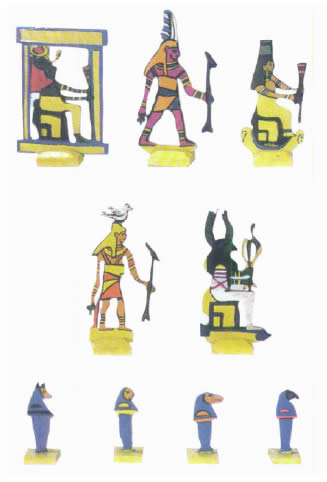


The Hindu sage Valmiki is thought to have written a book several thousand years ago, whose title translates in English as "The Teachings of Valmiki Maharshi on Male Palmistry", comprising 567 stanzas. It is believed that Palmistry originated in India with its roots in ( Hindu) Astrology (known in Sanskrit as Jyotish), Chinese Yijing (I Ching), and Roma (Gypsy) fortune tellers. Studies show that most ancient communities like the Sumerians, Tibetans, Hebrews, Babylonians, Egyptians and Persians were greatly interested in the study and practice of palmistry. The practice of palmistry has been used in the cultures of India, Tibet, China, Persia, Egypt and to some countries in Europe. However, it is believed that Palmistry reached the shores of Greece from the Far East. Hippocrates sought to use palmistry to aid his clinical procedures. They emanate from heavenly influences and man's own individuality." Accordingly, Aristotle, Hippocrates and Alexander the Great popularized the laws and practice of palmistry. Aristotle stated that "Lines are not written into the human hand without reason.

3 Significance of the left and right handĪ Palmistry or hast rekha can trace its roots back to Greece from Aristotle (384–322 B.C.E.) discovered a treatise on the subject of palmistry on an altar of Hermes, which he then presented to Alexander the Great (356–323 B.C.E.), who took great interest in examining the character of his officers by analyzing the lines on their hands.


 0 kommentar(er)
0 kommentar(er)
